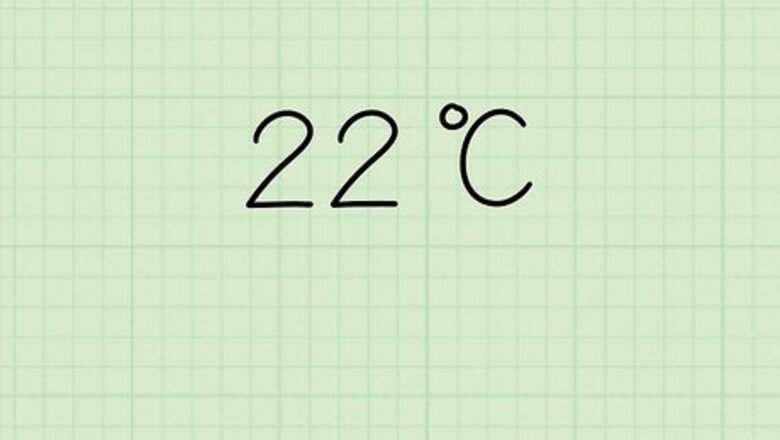
views
Estimating an Approximate Temperature
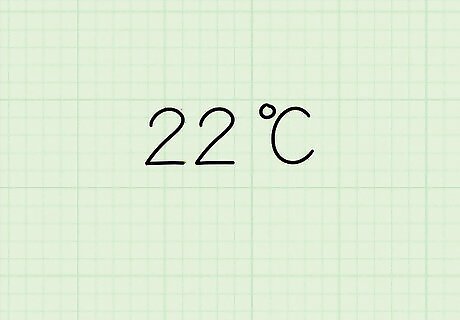
Determine the temperature. Look for a temperature display. Many public clocks display the temperature below the time. Ask someone to tell you the temperature if you cannot locate a thermometer or temperature display.
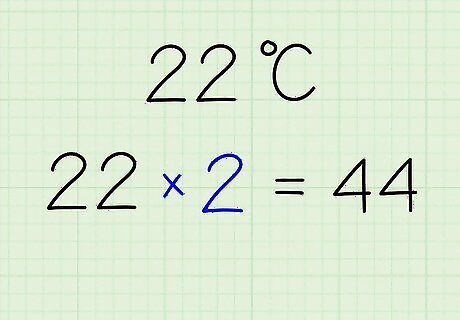
Multiply the temperature by 2. Use a calculator or simply multiply the numbers in your head. Either way, you want to double this number.
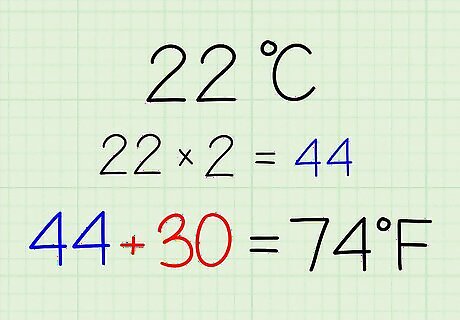
Add 30 to this number. Take the doubled number and add 30 to it. Make use of a calculator or perform the addition in your head. This will give you an approximate temperature in Fahrenheit. For example: Determine the temperature in Celsius: 20 degrees Multiply this number by two: 20 x 2 = 40 Add thirty to this number: 40 + 30 = 70 degrees Fahrenheit
Estimating a Semi-Precise Temperature
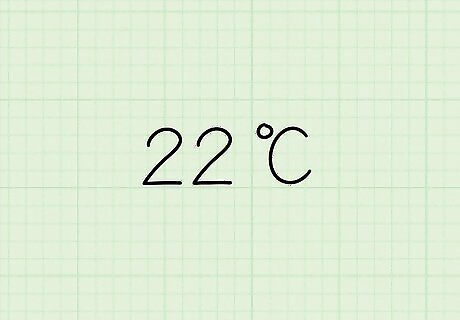
Determine the temperature. Find a temperature display. Look for a public clock on a building such as a bank. Many public clocks also display the temperature below the time. Ask someone to tell you the temperature if you cannot locate a thermometer or temperature display.
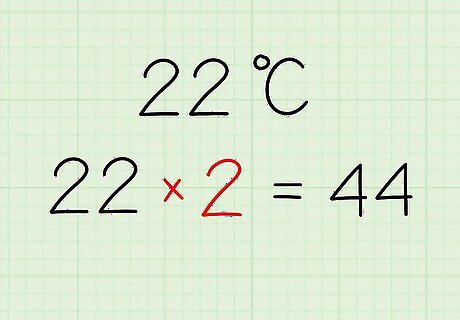
Multiply the temperature by 2. Use a calculator or simply multiply the numbers in your head. Either way, you want to double this number.
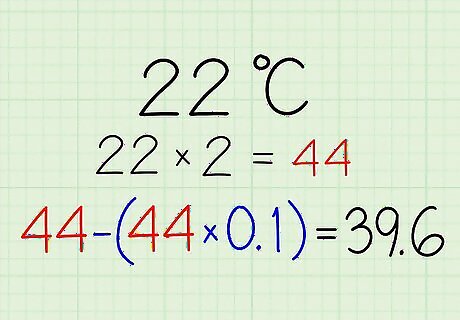
Subtract 10% from this number. Calculate 10% by multiplying the number by 0.1. For example, 100 x 0.1. = 10. Subtract this number from the number you doubled in the first calculation. Use a calculator to perform these operations for best results.
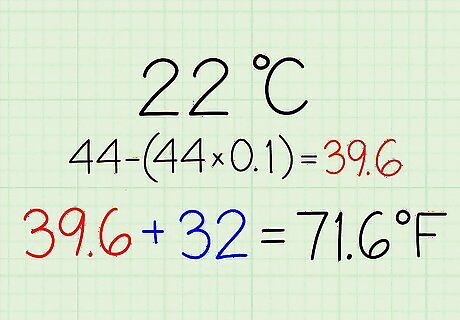
Add 32 to this number. Take the doubled number and add 32 to it. Make use of a calculator or perform the addition in your head. This will give you a semi-precise temperature in Fahrenheit. For example: Determine the temperature in Celsius: 20 degrees Multiply this number by two: 20 x 2 = 40 Determine ten percent of this number: 40 x 0.1 = 4 Subtract this number from your number in step two: 40 – 4 = 36 Add thirty-two to this number: 36 + 32 = 68 degrees Fahrenheit
Memorizing Key Numbers

Learn rough comparable temperatures by heart. These numbers are easy to memorize and will allow you to make quick conversions. Memorize Celsius to Fahrenheit using multiples of 10: 0 degrees Celsius equals 32 degrees Fahrenheit. 10 degrees Celsius equals 50 degrees Fahrenheit. 20 degrees Celsius equals 68 degrees Fahrenheit. 30 degrees Celsius equals 86 degrees Fahrenheit. 40 degrees Celsius equals 104 degrees Fahrenheit.
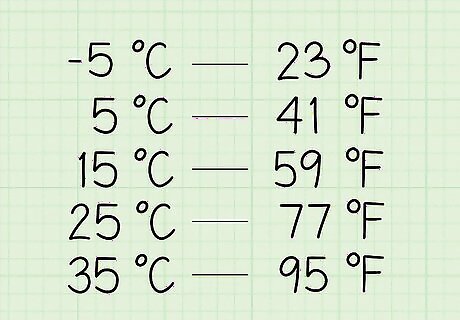
Learn comparable temperatures by heart. These numbers are fairly easy to memorize and will allow you to make precise conversions. Memorize Celsius to Fahrenheit using multiples of 5: -5 degrees Celsius equals 23 degrees Fahrenheit. 5 degrees Celsius equals 41 degrees Fahrenheit. 15 degrees Celsius equals 59 degrees Fahrenheit. 25 degrees Celsius equals 77 degrees Fahrenheit. 35 degrees Celsius equals 95 degrees Fahrenheit.
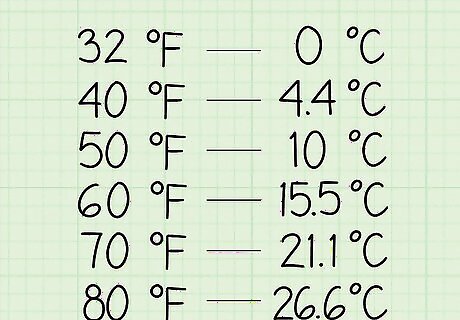
Learn comparable temperatures by heart. Memorize Fahrenheit to Celsius using multiples of 10 to perform rough conversions: 32 degrees Fahrenheit equals 0 degrees Celsius. 40 degrees Fahrenheit equals 4.4 degrees Celsius. 50 degrees Fahrenheit equals 10 degrees Celsius. 60 degrees Fahrenheit equals 15.5 degrees Celsius. 70 degrees Fahrenheit equals 21.1 degrees Celsius. 80 degrees Fahrenheit equals 26.6 degrees Celsius.




















Comments
0 comment